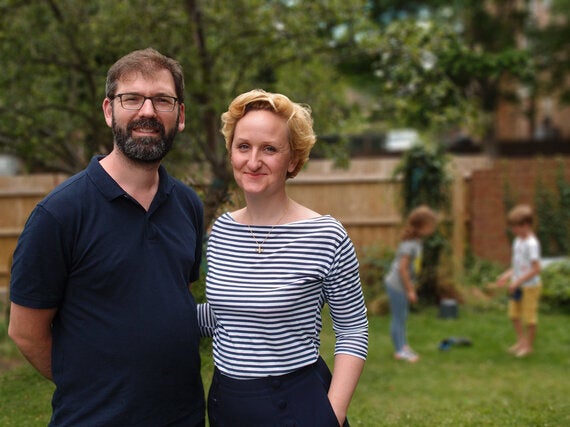
To be honest, we could've closed our gender diary after the first few entries and claimed our point was proved.
The first entry recounted a trip to the panto for our children and their cousins. When one of the boys picked a pink toy from the stall in the theatre foyer the saleswoman quickly interjected: "Shall I get you one of those in blue?" The second entry saw staff at our daughter's nursery refer to the 'boys' corner' full of cars. And in the third a boy derided his brother for being 'like a girl'.
There you have much of the essence of the gendering of our children. Adults directing children, consciously or otherwise, towards certain choices of colour, toy and activity. And boys brought up to deride the female sex and all that is associated with it.
If we'd thought life had improved since Marianne Grabrucker's 1981 journal 'There's a Good Girl' we wouldn't have started the Gender Diary project. When our son was born, completing our family along with our then three-year-old daughter, we knew they were being treated differently. For example, our daughter was given a fluffy white teddy bear in a pink hat when she was born. Our son received a green T-Rex baring its teeth. That's what led us to seek out Grabrucker's book on eBay in which she records the little ways that her daughter is encouraged to play by the rules and be a 'good girl' while her male peers' ill behaviour is written off as 'boys will be boys'.
Little did we know when we decided to repeat and update Marianne's experiment by recording on Twitter the different ways our children were treated there would be such a treasure trove of anecdotes and evidence.
From the parents that see boys and girls trying out exactly the same moves but say the girls are doing ballet while the boys are limbering up to be the next action hero to the TV programmes that bombard our children with images of male characters doing things while female characters are just being something (usually a mum or some other caring but inactive role). It's all out there if you open your eyes as we did. Trouble is once you start looking for it you can't turn it off and at every turn you see the way children are subtly, or not so subtly, directed to like different things and behave in different ways. And that's what gives the lie to the idea that boys and girls are just different. Yes, boys and girls play differently, like different things, tend to hang out with the same sex. But it's not because of the contents of their pants. It's because society from the very beginning tells them they are of one tribe or the other and that means a myriad of traits, likes and, importantly, futures.
What's the very first thing a child hears upon entering the world? Either "It's a girl!" or "It's a boy!" If gender didn't matter it wouldn't be the first defining characteristic pronounced.
But we found that gender is largely a man-made construct, pun intended. And why does any of it matter? Because we limit our children when we label them.
No parent would knowingly sign up to put barriers in the way of their children's ambition or outlook. And yet we all (ourselves included) do it every day. Whether it's the assumption that girls will want to go to ballet class and boys will like football. Or that you won't teach your son sewing or play Meccano with your daughter. We encourage you to take time to notice it in the world around you and to join us in challenging it wherever you see it. No one wants to see children limited, let's try harder to set them free.
Ros Ball and James Millar are parents who co-run the popular Twitter account @GenderDiary. Their book, The Gender Agenda, is published on 21st July by Jessica Kingsley Publishers.